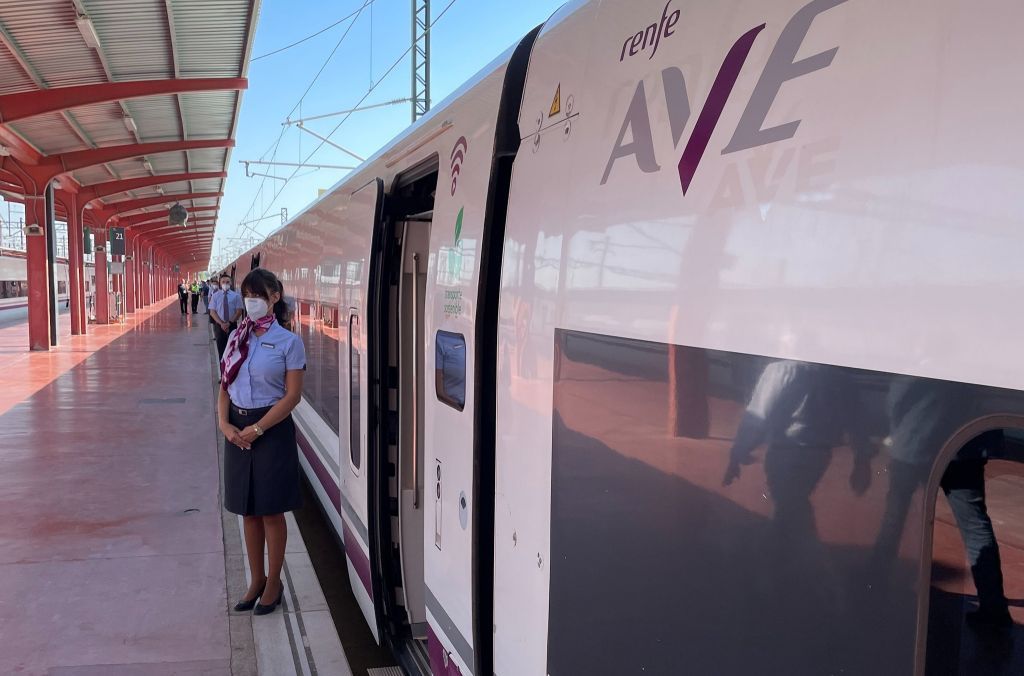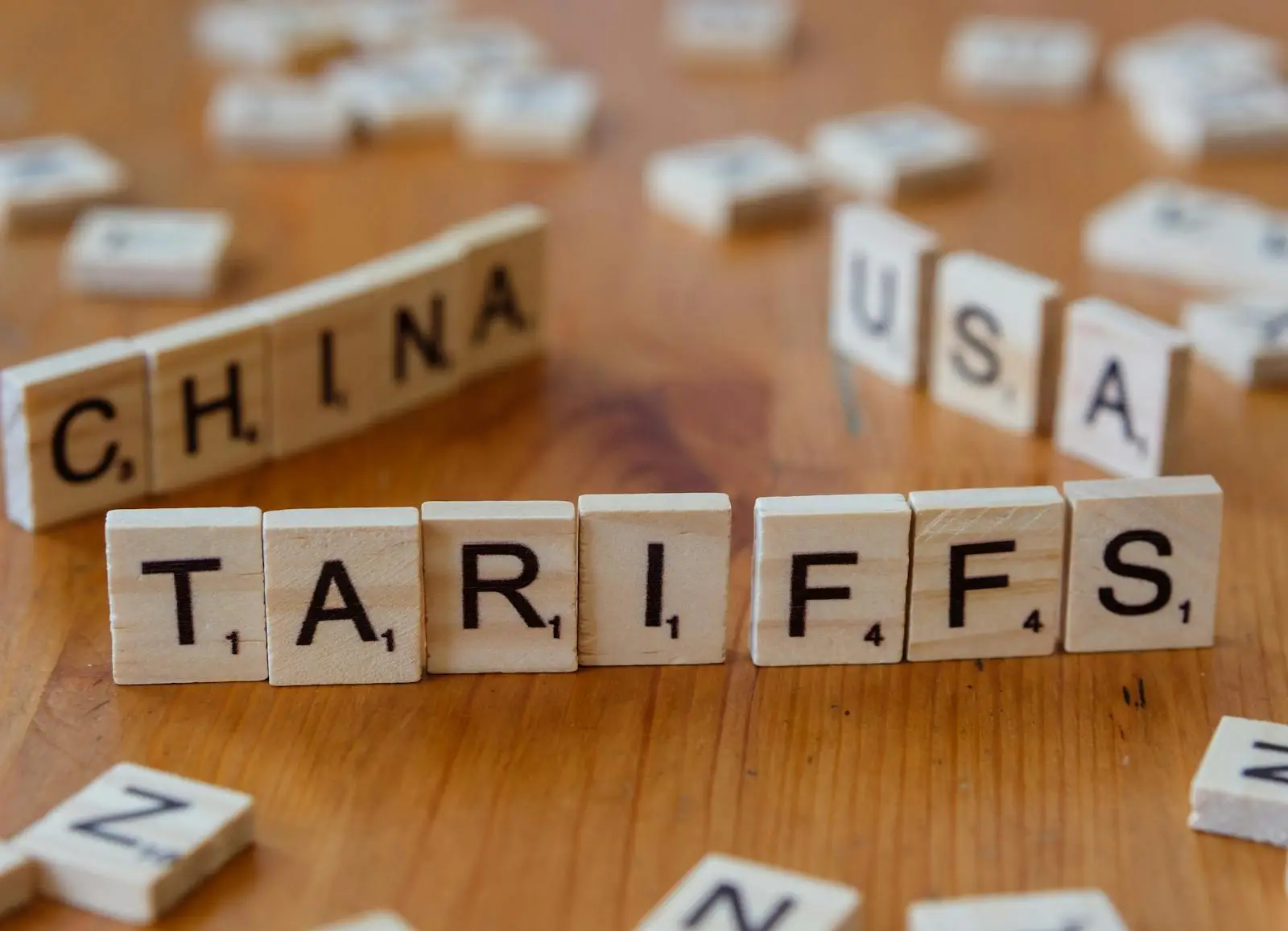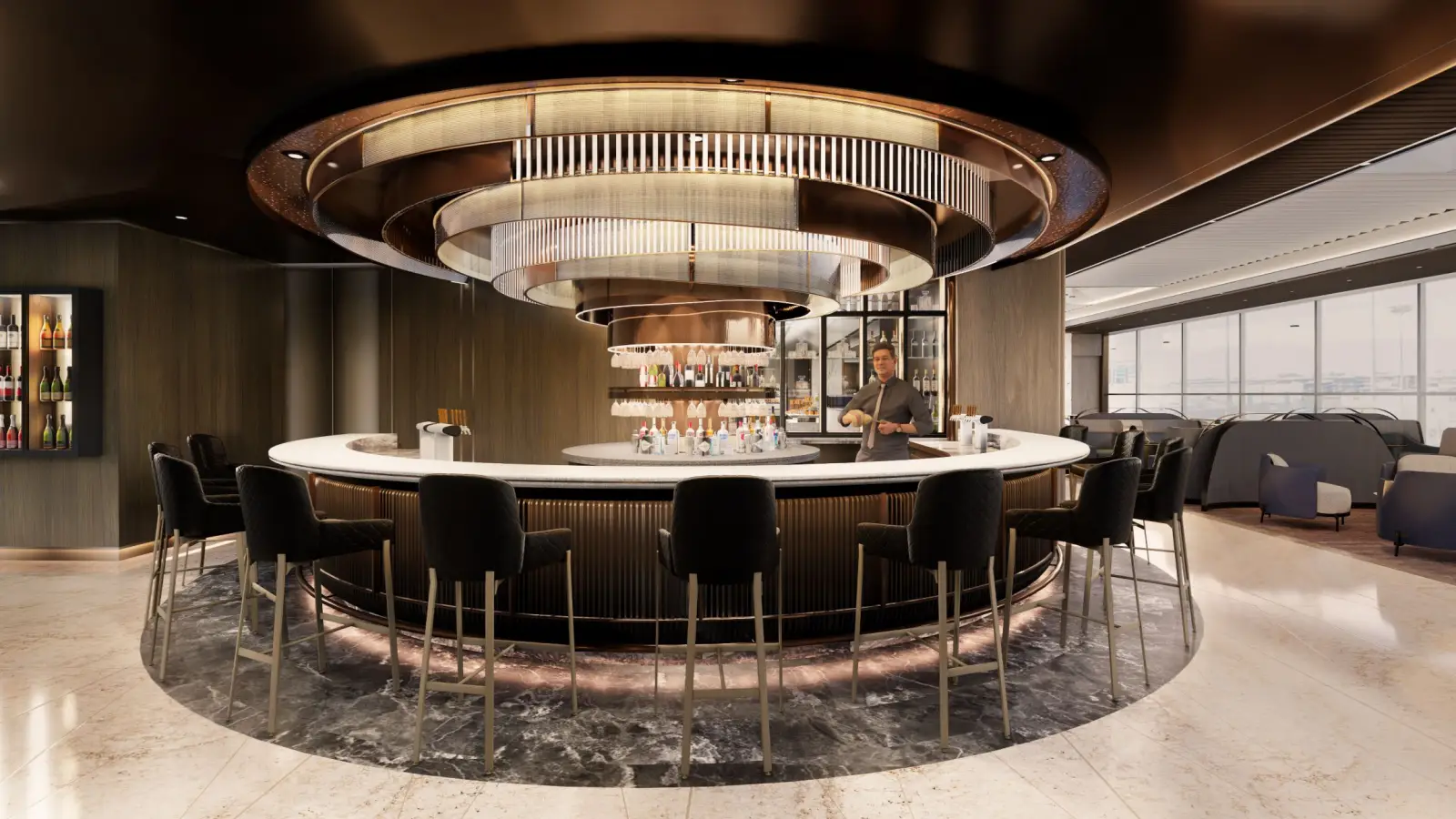The personal luxury goods market including leather accessories, fashion, hard luxury and fragrance & cosmetics – reached €253 billion in 2015. This represents 13 percent growth at current exchange rates, while real growth is significantly slowing to 1-2 percent. According to Bain & Company’s 2015 worldwide luxury report, the overall luxury industry surpassed €1 trillion in retail sales value in 2015.
he overall luxury industry – which as tracked by Bain & Company comprises 10 segments, led by luxury cars, luxury hospitality and personal luxury goods accounting for 80 percent of the total market. The market delivered healthy growth of 5 percent year-over-year (at constant exchange rates), driven primarily by luxury cars (8 percent), luxury hospitality (7 percent) and fine arts (6 percent). Aided by global currency fluctuations and continued jet-setting of “borderless consumers,” the personal luxury goods market ballooned to over a quarter trillion euros. While global tourists flocked to Europe and Japan to capitalize on a weak Euro and Yen, the Americas region, stagnant in real terms, was strongly inflated by the super dollar, thus capturing more than a third (34 percent) of the global market in 2015E. Meanwhile, Asia registered the worst historical performance (at constant exchange rates), driven by the lackluster trend of Mainland China and the sharp drop in sales in Hong Kong and Macau. These are key findings from Bain in the14th edition of its “Luxury Goods Worldwide Market Monitor,” released in Milan.
According to Bain’s research, Chinese consumers continue to make up the largest portion of luxury purchases (31 percent) globally, followed closely by Americans (24 percent) and Europeans (18 percent).
Chinese consumers are flocking to mature markets in droves, especially Europe, where an analysis of European tax-free shopping data, conducted in partnership with Global Blue, shows Chinese tax-free purchases increased by 64 percent, particularly among the accessible and aspirational luxury segments, thanks to a weak Euro. Americans also increased their tax-free spending in Europe by 67 percent, aimed largely at the high end of the luxury spectrum. Meanwhile, Russians cut their European spending by 37 percent, and spending among the Japanese in Europe also withered by 16 percent.
 Austria
Austria
The U.S. is the confirmed largest luxury market in terms of global luxury value, reaching €79 billion; New York City alone outweighed all of Japan.
Japan has proven to be a consistent champion in both real and nominal terms, driven by a sound base of local consumers and the emergence of Chinese shoppers looking to capitalize on currency fluctuations.
The personal luxury goods market in Hong Kong and Macau has fallen victim to a number of government measures aimed at regulating the grey market in China, creating a 25 percent contraction in real terms.
While local spending in China continued to slightly contract, the appreciation of the local currency has boosted the country to the number three spot in terms of global luxury value, overtaking Italy and France and trailing only the U.S. and Japan.
Wholesale is still the dominant selling channel within the personal luxury goods market, capturing 66 percent of market share. However, retail continues to gain share, despite a slowdown in network expansion (+600 directly operated stores opened globally in 2015 vs. 750 in 2014) and growth in like-for-like sales (+13 percent at current exchange rates).
Simultaneously, e-commerce grew to 7 percent market share in 2015, nearly doubling its penetration since 2012. Luxury globe-trotters have also fueled the performance of airport retail, which posted a +29 percent growth rate in current exchange rates (+18 percent in constant exchange rates) and now accounts for 6 percent of the global luxury market.
With the growing middle class in economies such as China seeking good quality and good value, the off-price channel has more than doubled to nearly €26 billion. Mark-downs are also increasing in prevalence across more than 35 percent of the luxury market, with a strong relevance in department and specialty stores, as well as online.
The Price of Luxury
According to Bain, the number one challenge facing most luxury brands is establishing the right pricing model. The rise of e-commerce and global tourism growth create greater transparency around international price differentials. Additionally, price-conscious luxury shoppers are struggling to reconcile the price of luxury products with their real value. As a result, luxury brands must assess how to mitigate volatility and how best to deliver at local and global levels. This includes managing inventory to accommodate fluctuations in tourism and coordinating pricing and mark-downs across markets and channels. Luxury brands also face a host of tough issues such as rethinking their store footprint and the role of their stores in a world of growing digitalization, as well as figuring out how to delight local customers even as masses of tourists flock to stores in mature markets.













